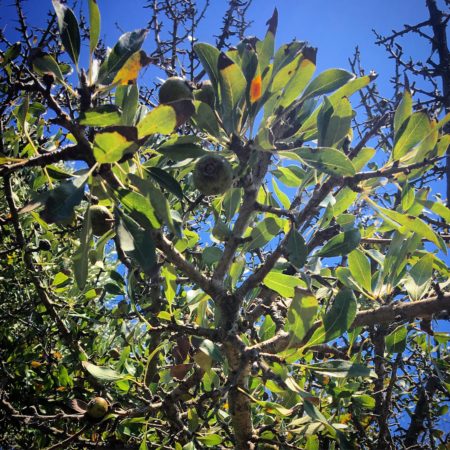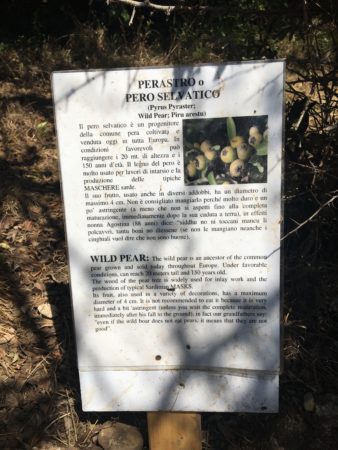Hannah Ritchie of the indispensable Our World in Data has just come out with a useful summary of the data on how much food small and family farms produce. And one of the main points she makes is that those are two very different things. The bottom line is that smallholders (those farming 2 ha or less) account for 29% of the world’s agricultural production, at least as far as kilocalories are concerned 1, and family farms produce about 70-80%.
As rightly pointed out by Dr Ritchie, FAO has in the past said that small-scale farmers produce up to 70% of the world’s crops, a statistic that has been widely repeated. This is clearly wrong. However, to be fair to FAO, they have recently walked that back a bit, and their latest headline number is about a third. Which is still quite a lot really, and don’t forget that there are other things that small farms are good at.

